Glamping Under the Stars: Stargazing in Ontario
Who is this for?
Anyone looking for the perfect place for stargazing and relaxation.
Jump to Section:
- Stargazaing in Meaford
- Seasonal Constellations
- Special Celestial Events
- Planning Your Visit
- Glamping at Back Forty Glamping
A quiet night full of glittering stars— is there anything more peaceful? Picture it: warm blankets, hot cider, soft music, and an endless sky. That’s what glamping should be. With its clear skies, minimal light pollution, and luxurious stargazing domes, Back Forty Glamping in Meaford, Ontario, offers an unforgettable opportunity for glamping under the stars.
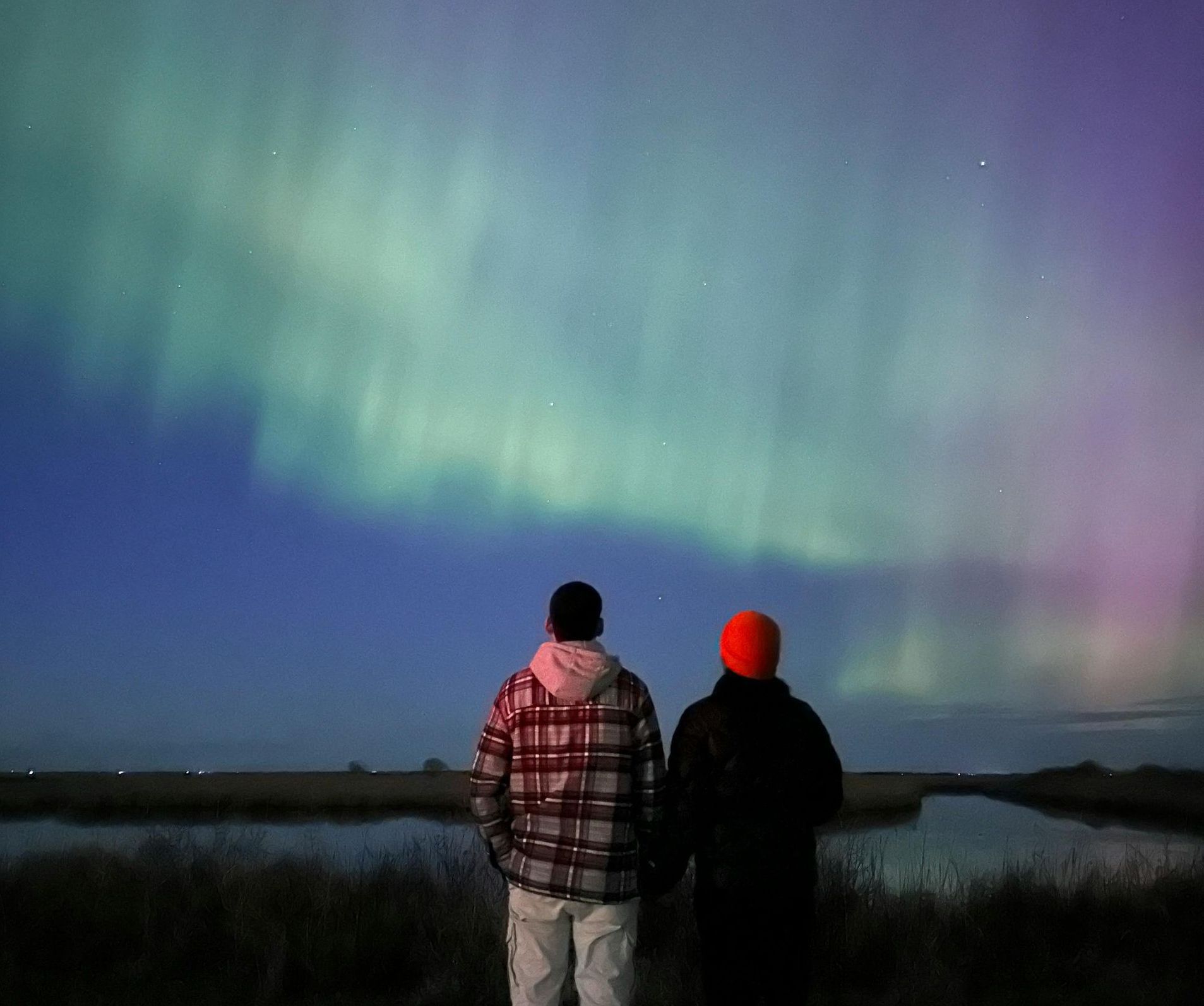
Stargazing in Meaford
Stargazing is not only a visual delight but also a therapeutic activity. Spending time in nature is a well-known way to relax, and Back Forty Glamping offers plenty of opportunities for that.
Meaford's location on South Georgian Bay is the perfect place for a natural getaway. There are plenty of
year-round outdoor activities to fill your days, and a dazzling array of stars to fill your nights.
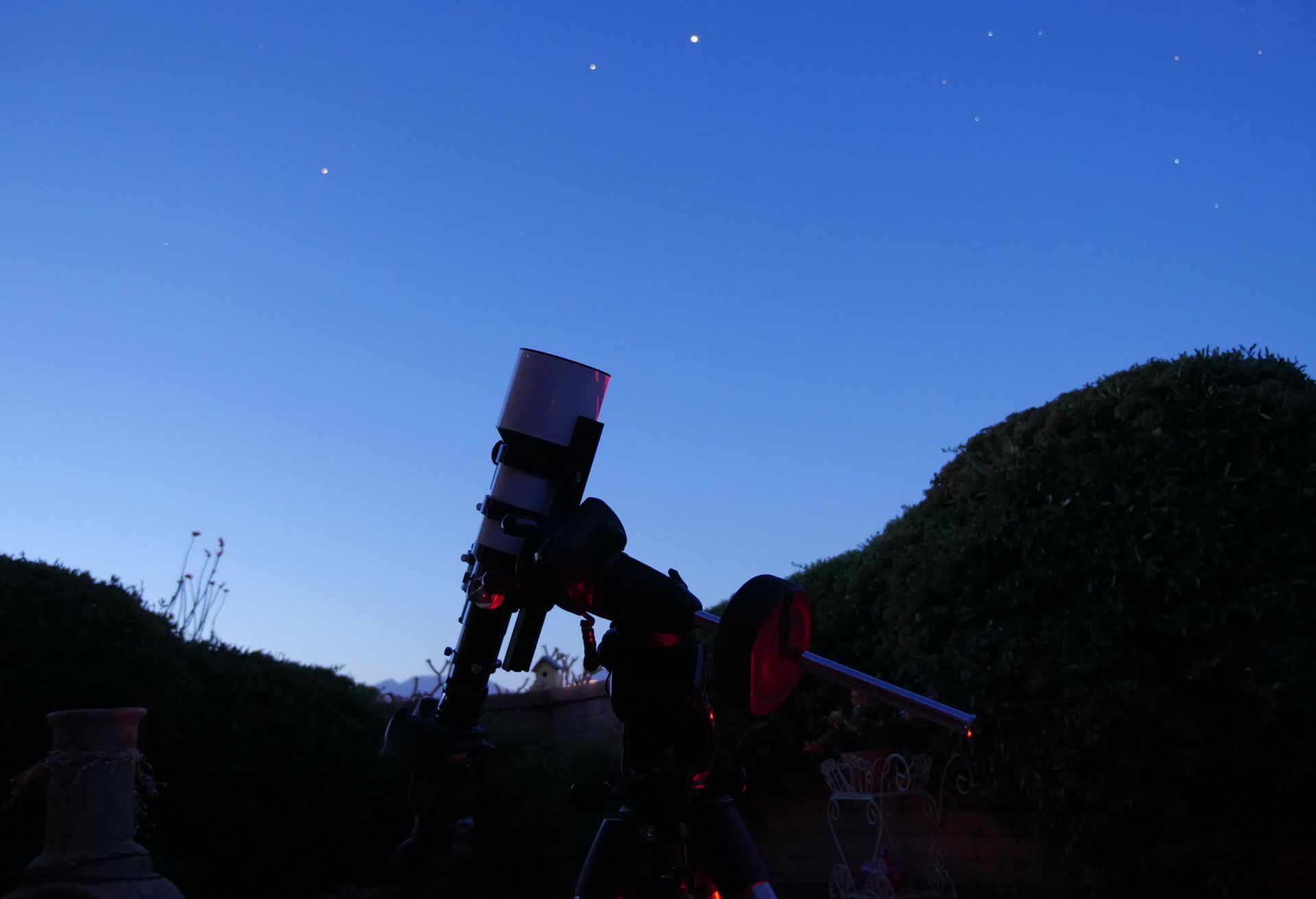
For an optimal stargazing experience:
- Wait for optimal conditions: Stargazing is best on clear nights when the moon is in its new or crescent phase. This allows for the clearest views with the least amount of light interference.
- Seek Elevated Areas: If you want the full-sky experience, higher elevations can provide clearer views of the horizon.
- Use Red Flashlights: If exploring outdoors, ditch the bright lights. Red lights help preserve night vision while navigating in the dark.
- Utilize Star Charts or Apps: Tools like star charts or mobile applications can guide you to identify constellations and celestial events.
- Vision Enhancement: Bring along a pair of binoculars or a telescope to peer deeper into the heavens.

Seasonal Constellations to Watch For
Thanks to Meaford’s northern latitude, darker skies, and clear horizons, you can see a wide variety of constellations throughout the year. The seasons have unique celestial showcases at night:
Spring
- Hydra (The Sea Serpent): Visible from January and May, Hydra is the largest constellation in the sky. Its long, twisting pattern makes for a memorable sight.
- Leo (The Lion): Most visible in early April, the Lion is one of the easier constellations to spot due to its particularly bright stars, the brightest of which is
Regulus.
- Virgo: Best seen from May to late June, Virgo is the largest of the Zodiac constellations. Like Leo, Virgo is home to one of the brightest stars in the night sky,
Spica. Virgo marks the arrival of warmer weather.
- Bootes (The Herdsman): Also sometimes called “the ice cream cone”, Bootes follows the Big Dipper across the sky. Bootes also features a bright star, Arcturus.
- Libra (The Scales of Balance): Best seen in late March to Early August, Libra contains notable formations called Zubeneschamali, or the “Northern Claw,” and Subenelgenubi, or the Southern Claw.
Fun Fact:
Regulus from Leo, Spica from Virgo, and Arcturus from Bootes make up an asterism (group of stars smaller than a constellation) called the “Spring Triangle”.

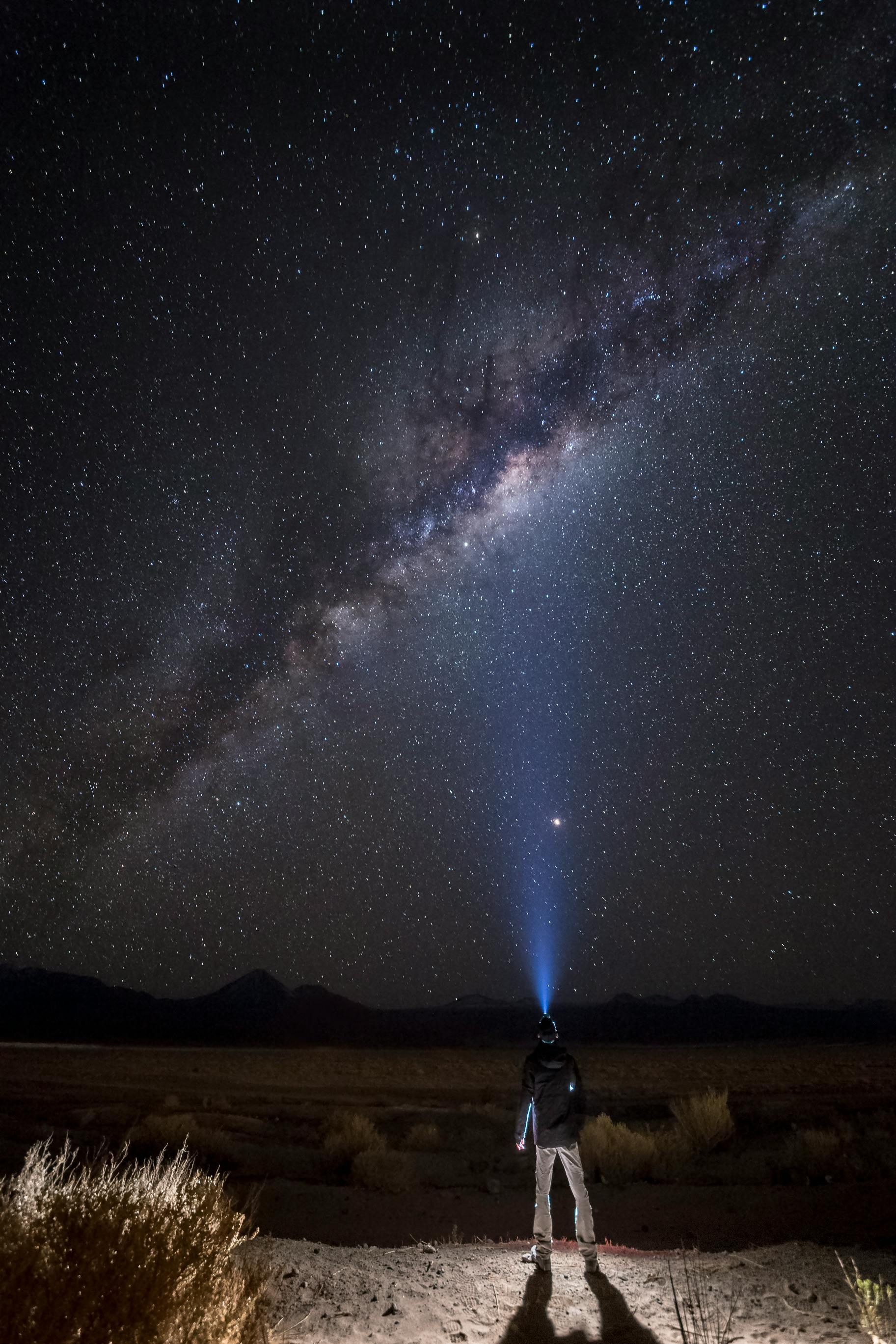
Summer
- Scorpius: This dramatic, curved constellation resembles its namesake and includes the red giant Antares.
- Sagittarius: Located near the center of the Milky Way, this constellation is rich with star clusters and nebulae.
- Cygnus (The Swan): Flying along the Milky Way, Cygnus includes the bright star Deneb and the asterism known as the Northern Cross.
- Lyra (The Lyre): Small but bright, Lyra is easily recognized by the star Vega. It also contains the Ring Nebula, which can be seen with a telescope.
- Ophicuchus (The Serpent Bearer): located between Scorpius and Sagittarius, this constellation is most visible in July and August.
- Capricornus (The Sea Goat): Most visible from August to October, this constellation is easiest to spot by first finding its sister constellation Sagitarius. Its brightest star is Deneb Algedi, which is an eclipsing binary star.
Fun Fact: Ophicuchus is part of the Ecliptic (the path the sun takes across the sky). Though not included in the traditional Zodiac, it’s sometimes called the 13th Zodiac, ruling those born from November 29 - December 17.
Autumn
- Pegasus: Known for the Great Square of Pegasus, this constellation dominates the eastern sky as summer ends.
- Andromeda: Best known for the Andromeda Galaxy, visible to the naked eye under dark skies.
- Cassiopeia: Shaped like a “W” or “M,” this constellation is visible most of the year and great for beginners to identify.
- Aquarius (The Waterbearer): Though one of the 12 Zodiac signs, Aquarius doesn’t contain many bright stars. Aquarius is most visible in October.
- Pisces (The Fish): Another one of the Zodiac signs, Pisces is most visible in September-November, reaching its highest point in November. Like Aquarius, its stars are relatively faint.
Fun Fact: Aquarius and Pisces are part of a group of constellations called the “Celestial Sea” due to the fact that many of the constellations found in this section of the sky have strong associations with the ocean in mythology.
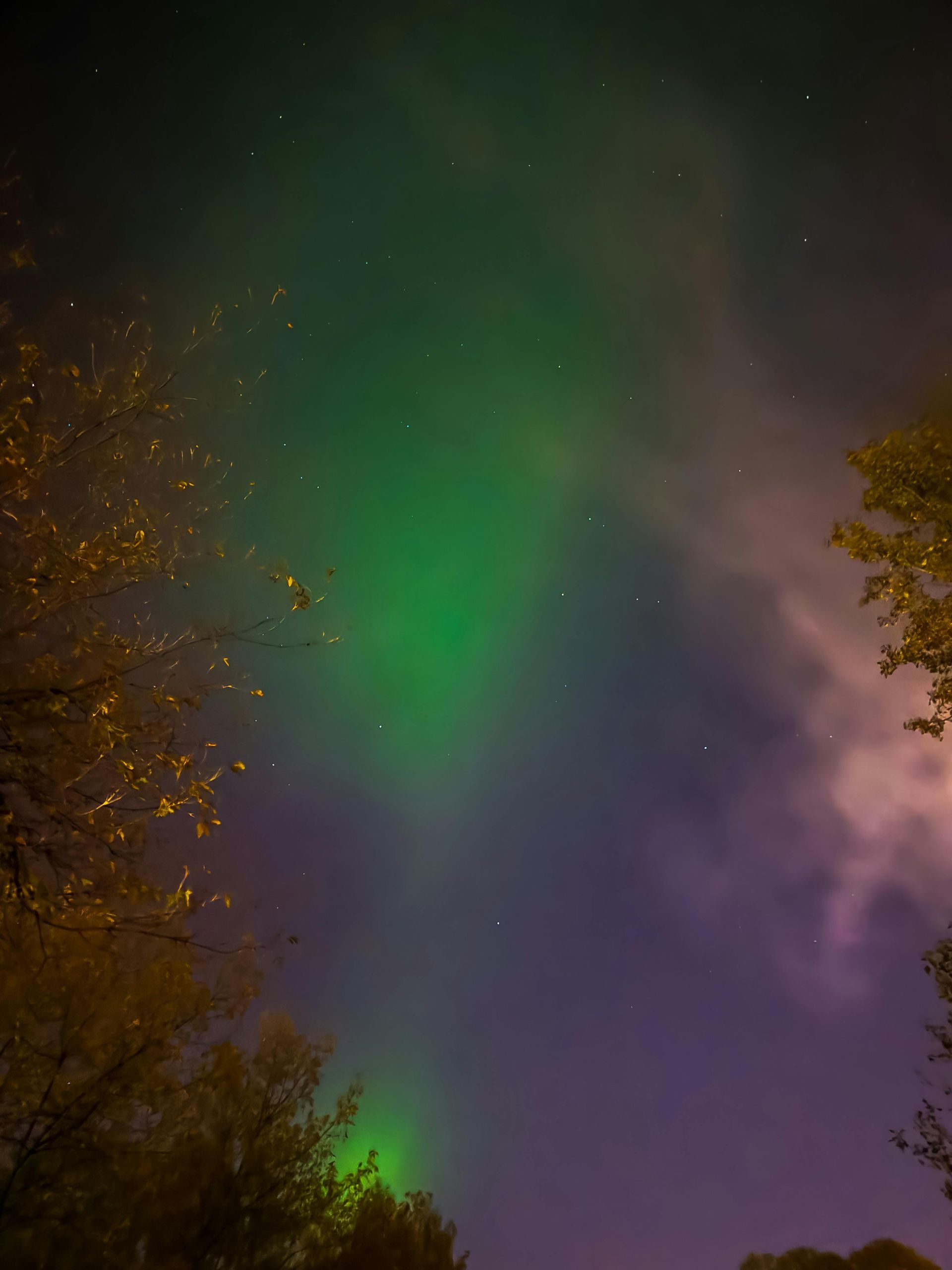
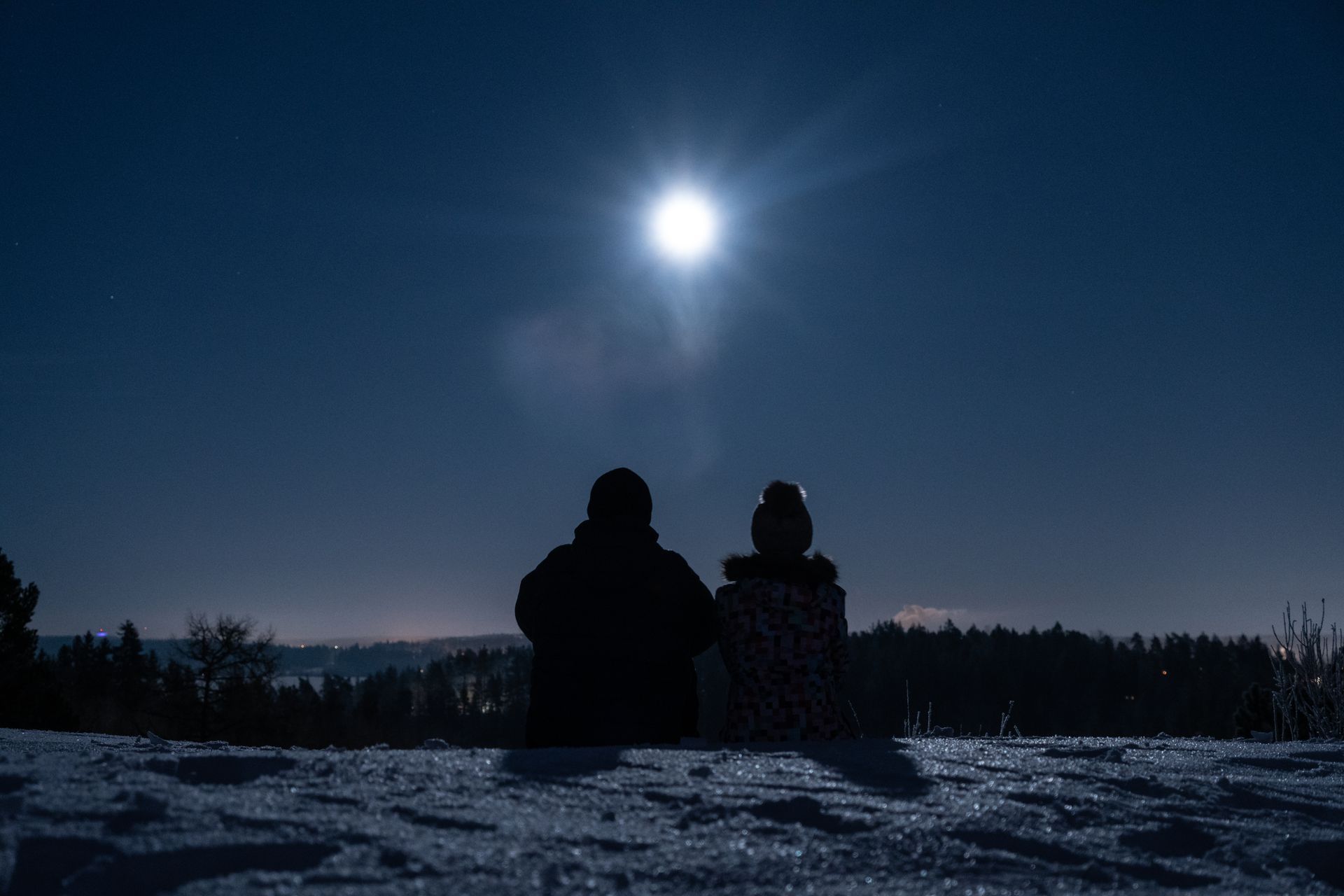
Winter
- Orion (The Hunter): Perhaps the most recognizable constellation, featuring Betelgeuse and Rigel, and the famous Orion’s Belt.
- Taurus (The Bull): Home to the bright star Aldebaran and the Pleiades star cluster, Taurus is located west of Orion.
- Gemini (The Twins): Easily spotted by its twin stars Castor and Pollux, this constellation (and its twin stars) is named after the famous twins of Greek mythology.
- Cancer (The Crab): Most visible from Late December into early May, Cancer is the faintest of the constellations in the Zodiac. However, its Beehive Cluster Praesepe contains around 1000 stars.
- Canis Major: Sometimes viewed as an extension of Orion, Canis Major is sometimes referred to as “Orion’s hunting dog”. Its brightest star is Sirius, aka “The Dog Star”.
Fun Fact:
Sirius is the brightest star in the sky. It is also the fifth closest star to Earth.
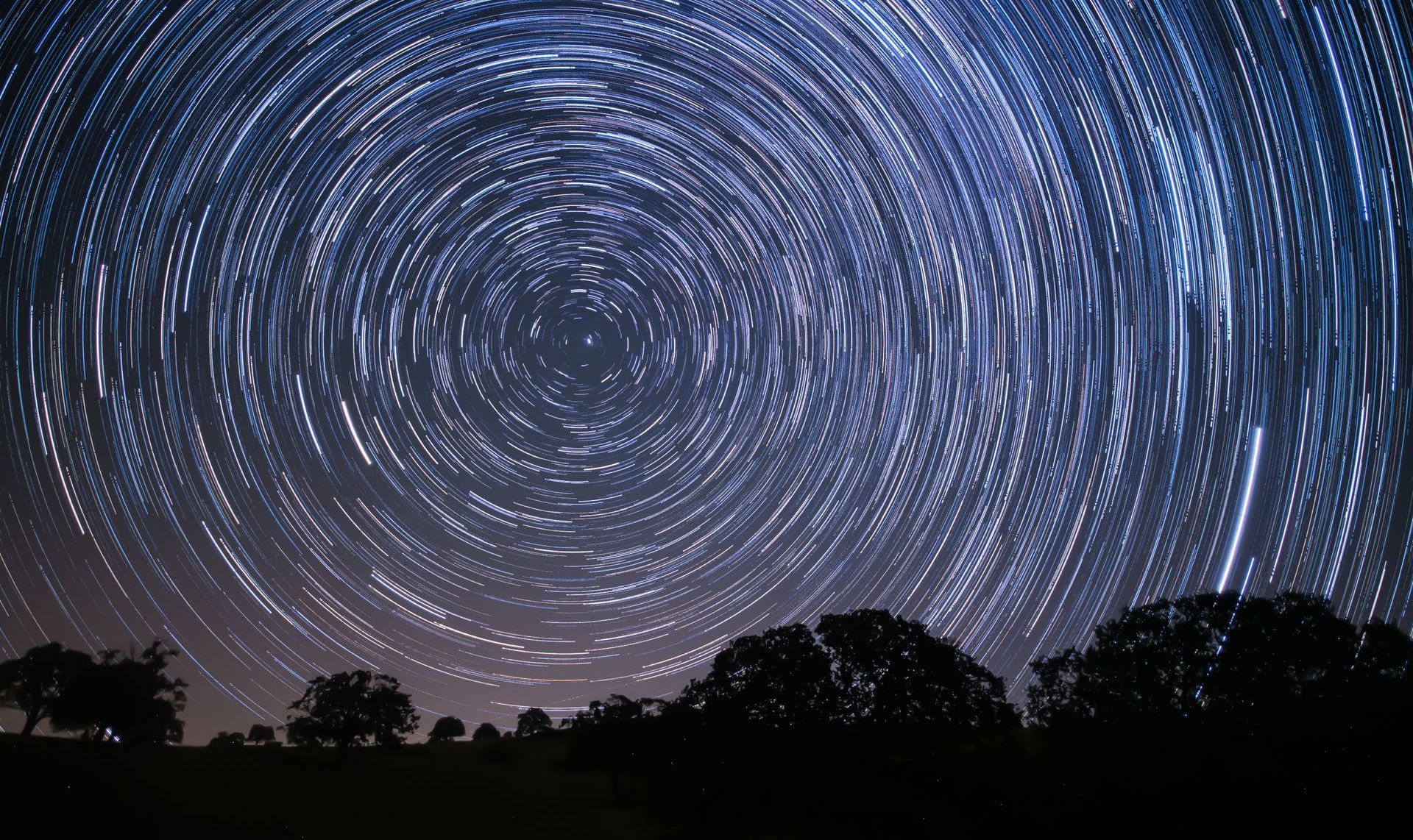
Special Celestial Events to Watch For
In addition to stunning constellations, Meaford’s dark skies also provide front-row seats to some of the most spectacular celestial events throughout the year. If you time your visit right, you may witness dazzling phenomena like meteor showers and eclipses.
Meteor Showers
- Perseids (August): One of the most popular meteor showers, peaking around mid-August. Under Meaford’s dark skies, you can see up to 60 meteors per hour.
- Geminids (December): Known for their bright, multicolored meteors, the Geminids peak mid-December and are often considered the best meteor shower of the year.
- Quadrantids (January): Though short-lived, this shower can produce bright fireballs, peaking in early January.
For the best viewing, plan to watch after midnight during the peak dates, and choose a moonless night for maximum visibility.
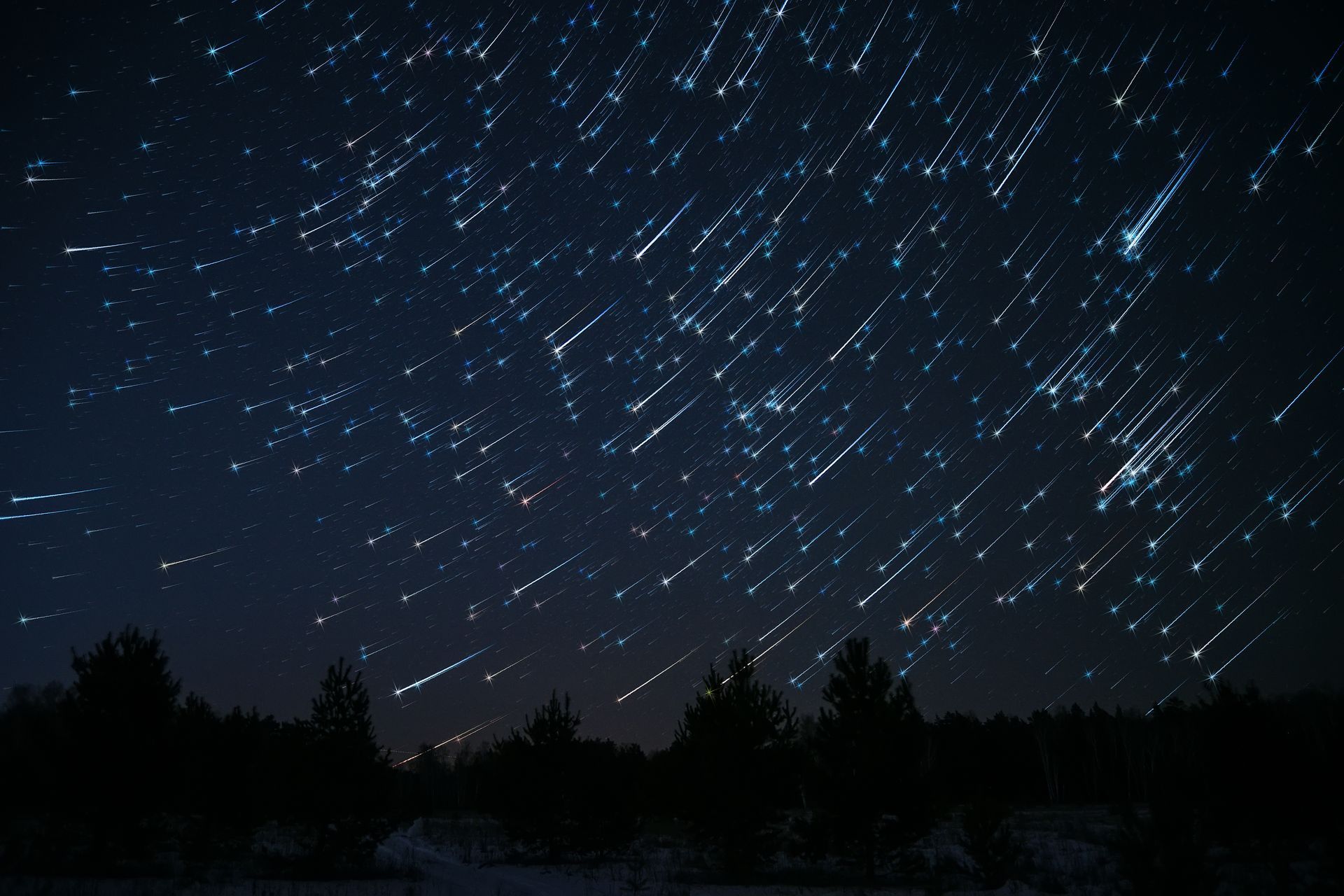
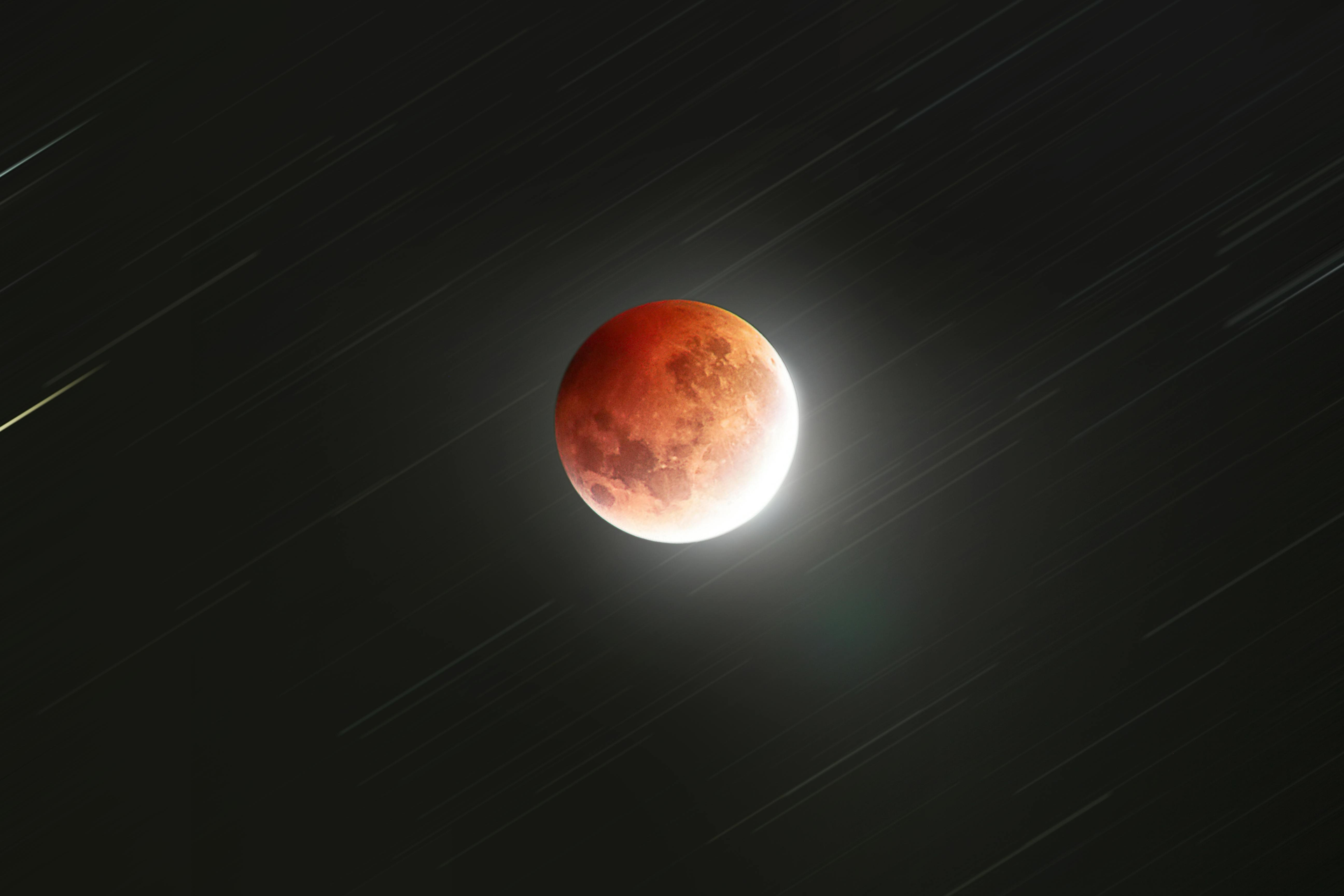
Lunar and Solar Eclipses
- Lunar Eclipses: These are relatively frequent and can turn the moon a deep red, known as a "blood moon." Back Forty Glamping often has excellent visibility when skies are clear.
- Solar Eclipses: Since the sun is a star, this daytime event still counts as stargazing! While total solar eclipses are rare in Ontario, partial eclipses still offer a fascinating experience. Check for future dates to catch a fantastic sight, and always use proper solar viewing glasses for safety.
Other Events
- Planetary Alignments: Occasionally, planets like Jupiter, Venus, and Mars line up in the sky, creating a beautiful and rare sight. NASA is a great resource to check for these kinds of events.
- Aurora Borealis (Northern Lights): On rare occasions, strong solar activity can make the aurora visible from Meaford, especially during fall and winter. Seeing the night sky all lit up with waves of color is truly a magical experience.
- Blue Moon:
Have you ever heard the phrase “once in a blue moon”? A blue moon is the second full moon that occurs within the same calendar month. As a standard month is around 30 days, and a lunar month is 28 days, blue moons only happen every 2- 3 years.


Planning Your Visit
Check the Weather: Ensure clear skies are forecasted for optimal stargazing conditions.
- Moon Phases: Plan your visit during a new moon or when the moon is in its crescent phase to reduce light interference.
- Book in Advance: The domes at Back Forty Glamping offer amazing stargazing views, but they fill up quickly. Make sure to book your reservation well in advance.
- Pack Accordingly: Bring warm clothing, even in summer months, as temperatures can drop at night.
Depending on the season, you might want to make reservations for other activities
to fill your days, like boat charters on the bay, ski lift tickets at Blue Mountain Village, or helicopter tours.
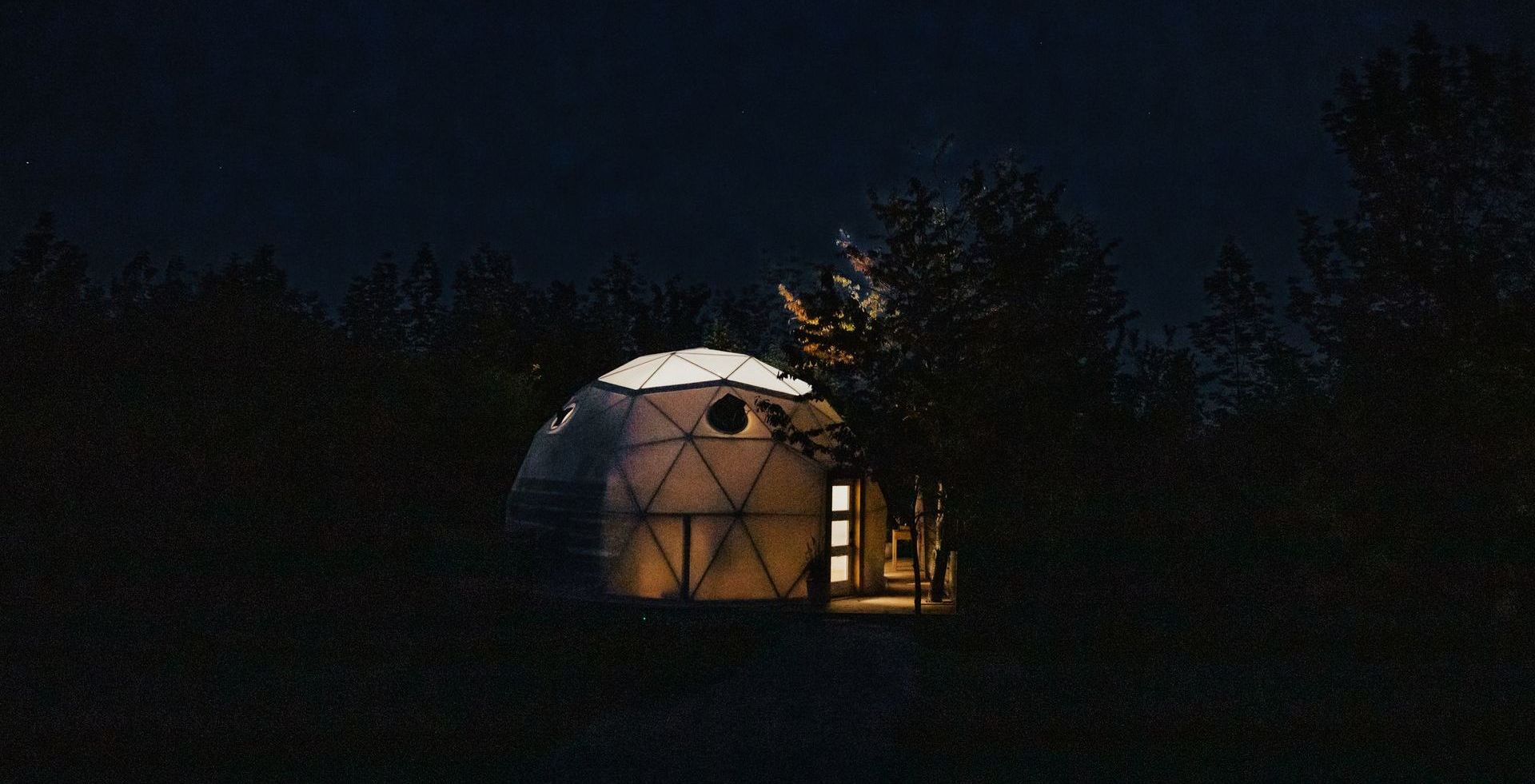
Stargazing at Back Forty Glamping
For those seeking a luxurious outdoor experience, Back Forty Glamping offers geodesic dome accommodations just outside Meaford. Situated on 26 acres of secluded land, these domes provide a unique blend of comfort and immersion in nature for the perfect night under the stars.
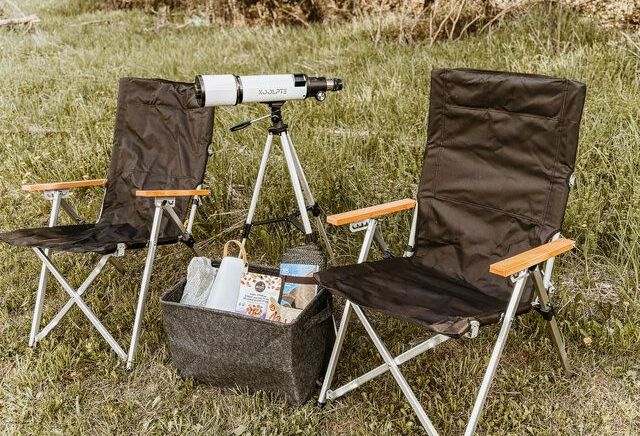
Key features include:
- Year-Round Availability: The domes are equipped with insulation and heating, making them suitable for all seasons. This is perfect if you plan to see all the Zodiac in action!
- Modern Amenities: Each dome includes a king-sized bed with luxury linens, an ensuite bathroom, a kitchenette, and electricity so you can enjoy the view in comfort.
- Private Hot Tubs and Saunas: Imagine spotting stars from a hot tub. At Back Forty Glamping, you can! Guests can relax in their own hot tub or enjoy the on-site sauna.
- Stargazing Skylights: There’s no need to go outside. Our domes feature transparent sections, allowing guests to gaze at the stars from the comfort of their bed.
- Stargazing Package: Go all in with our Stargazing Package. The package includes: a telescope, a guide book, comfortable chairs and blankets, as well as drinks and snacks!
About the Author
Ben
Meet Ben, co-founder of Back Forty. We call Ben our Think-Tank as he was the main visionary lead behind Back Forty. He stumbled upon a similar glamping site back in 2018 out in New Brunswick. At the time geodesic domes had not come to Ontario and he knew this was an opportunity to pursue. You can find Ben heading up the dome builds with his keen eye for detail, crafting the finishes and building the interiors. He thinks outside the box and always has a new idea and project how to take Back Forty to the next level.
